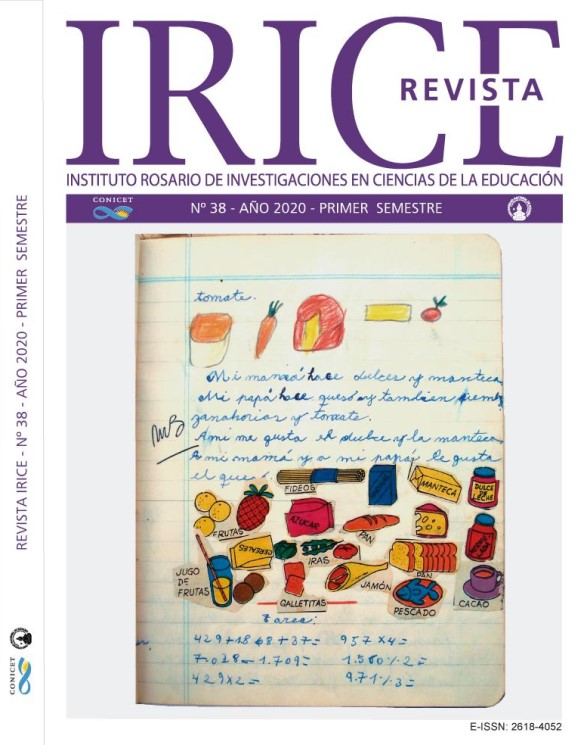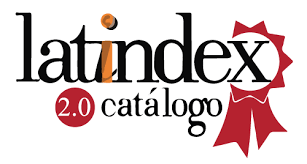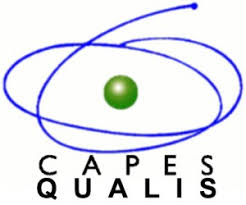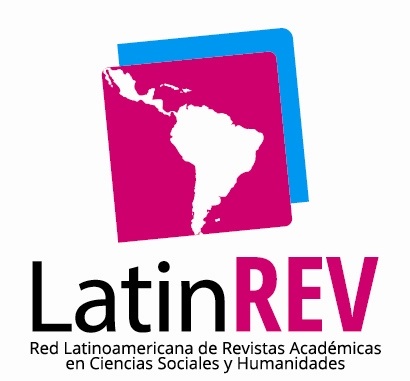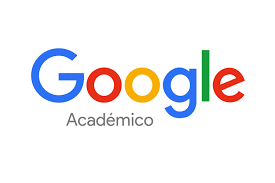Habilidad de cuestionamiento crítico en niños bilingües
DOI:
https://doi.org/10.35305/revistairice.vi38.1312Palabras clave:
bilingüismo, jóvenes aprendices, cuestionamiento críticoResumen
La presente investigación reporta la habilidad de realizar cuestionamientos críticos de niños monolingües y bilingües de 5 a 6 años. Esta investigación emplea el paradigma de cuestionamiento crítico de Bloom para explorar si los niños monolingües o los bilingües son más eficaces para generar preguntas de pensamiento crítico en dos historias. Una de las historias es sobre una niña olvidadiza y la otra sobre un caracol que anhela lo que no posee. Los hallazgos tienen implicancias para los docentes que trabajan con preescolares monolingües y bilingües. Los niños bilingües superaron a los monolingües en la historia sobre la niña olvidadiza y los niños monolingües superaron a los bilingües en la historia del caracol. Los resultados indicarían que los niños monolingües son mejores en el pensamiento abstracto y que los niños bilingües son mejores en cuanto al cuestionamiento crítico.
Descargas
Citas
Andreou, G., & Karapetsas, A. (2004). Verbal abilities in low and highly proficient bilinguals. Journal of Psycholinguistic Research, 33(5), 357-365.
Ausubel, D. P., Ives, S. W., & O'Sullivan, E. V. (1980). Theory and problems of child development. New York: Grune & Stratton.
Balkan, L. (1970). Les effets du bilinguisme francais-anglais sur les aptitudes intellectuelles. Bruxelles: Aimav.
Barac, R., Bilaystok, E., Castro, D., & Sanchez, M. (2014). The cognitive development of young dual language learners: A critical review. Early Childhood Research Quarter, 29, 699-714.
Barden, L. M. (1995). Effective questioning and the ever-elusive higher-order question. The American Biology Teacher, 57(7), 423-426.
Ben-Zeev, S. (1977). Mechanisms by which childhood bilingualism affects understanding of language and cognitive structures. In P. A. Hornby (Ed.), Bilingualism: Psychological, social, and educational implications (pp. 29-55). New York: Academic Press.
Bialystok, E. (1986). Factors in the growth of linguistic awareness. Child Development, 57, 498-510.
Bialystok, E. (2009). Claiming evidence from non-evidence: A reply to Morton and Harper. Developmental Science, 12, 499-501.
Bialystok, E., Luk, G., Peets, K. F., & Yang, S. (2010). Receptive vocabulary differences in monolingual and bilingual children. Bilingualism: Language and Cognition, 13, 525-531.
Blom, E., Küntay, A. C., Messer, M., Verhagen, J., & Leseman, P. (2014). The Benefits of Being Bilingual: Working Memory in Bilingual Turkish-Dutch Children. Journal of Experimental Child Psychology, 128,105-119. https://doi.org/10.1016/j.jecp.2014.06.007
Byers-Heinlein, K., Burns, T. F., & Werker, J. F. (2010). The roots of bilingualism in newborns. Psychological Science, 21, 343-348.
Cassidy, C. (2007). Thinking children. London: Continuum.
Cassidy, C., & Christie, D. (2013). Philosophy with children: talking, thinking and learning together. Early Child Development and Care, 183(8), 1072-1083. doi:10.1080/03004430.2013.773509
Cromdal, J. (1999). Childhood bilingualism and metalinguistic skills: Analysis and control in young Swedish English bilinguals. Applied Psycholinguistics, 20, 1-20.
Cummins, J. (1976). The Influence of Bilingualism on Cognitive Growth: A Synthesis of Research Findings and Explanatory Hypotheses. Working Papers on Bilingualism, 9, 1-43.
Cummins, J., & Gulutsan, M. (1974). Bilingual education and cognition. Alberta Journal of Educational Research, 20, 259-269.
Curtin, S. A., Byers-Heinlein, K., & Werker, J. F. (2011). Bilingual beginnings as a lens for theory development: PRIMIR in focus. Journal of Phonetics, 39(4), 492-504.
Diaz, R. M. (1983). Thought and two languages: the ımpact of bilingualism on cognitive development. Review of Research in Education, 10, 23-54.
Diaz, R. M. (1985). Bilingual cognitive development: Addressing three gaps in current research. Child Development, 56, 1376-1378.
Ganschow, L., & Sparks, R. (1991). A screening instrument for the identification of foreign language learning problems. Foreign Language Annals, 24, 383-398.
Ganschow, L., & Sparks, R. (1995). Effects of direct instruction in Spanish phonology on the native language skills and foreign language aptitude of at risk foreign language learners. Journal of Learning Disabilities, 28, 107-120.
Hakuta, K., Friedman, B. M., & Diaz, R. M. (1987). Bilingualism and cognitive development: Three perspectives. In S. Rosenberg (Ed.), Advances in Applied Psycholinguistics:Reading, Writing and Language Learning (Vol. 2, pp. 284-319). New York: Cambridge University Press.
Hamers, F. J., & Blanc, H. M. (1989). Bilinguality and cognitive development. In J. F. Hamers & H. M. Blanc (Eds.), Bilinguality and Bilingualism. Cambridge: Cambridge University Press.
Karapetsas, A., & Andreou, G. (1999). Cognitive development of fluent and nonfluent bilingual speakers assessed with tachistoscopic techniques. Psychological Reports, 84, 697-700.
Karapetsas, A., & Andreou, G. (2001). Visual field asymmetries for rhyme and semantic tasks. Brain and Language, 78, 53-61.
Lipman, M. (2003). Thinking in education (2nd ed.). New York: Cambridge University Press.
Lukasik, K. M., Lehtonen, M., Soveri, A., Waris, O., Jylkka, J., & Laine, M. (2018). Bilingualism and working memory performance: Evidence from a large-scale online study. PLoSONE, 13(11), e0205916. https://doi.org/10.1371/journal. pone.0205916
McCall, C. (2009). Transforming thinking: Philosophical inquiry in the primary and secondary classroom. London: Routledge.
Oller, D. K., Pearson, B. Z., & Cobo-Lewis, A. B. (2007). Profile effects in early bilingual language and literacy. Applied Psycholinguistics, 28, 191-230.
Pardales, M. J., & Girod, M. (2006). Community of inquiry: Its past and present future. Educational Philosophy and Theory, 38, 299-309.
Peal, E., & Lambert, W. E. (1962). The relation of bilingualism to intelligence. Psychological Monographs: General and Applied, 76(27), 1-23.
Ricciardelli, L. A. (1992). Bilingualism and cognitive development in relation to threshold theory. Journal of Psycholinguistic Research, 21, 301-316.
Siegal, M., & Surian, L. (2007). Conversational understanding in young children. In E. Hoff & M. Shatz (Eds.), Blackwell handbook of language development (pp. 304–323). Oxford, UK: Blackwell.
Sparks, R., & Ganschow, L. (1991). Foreign language learning difficulties: Affective or native language aptitude differences? Modern Language Journal, 75, 3-16.
Sparks, R., & Ganschow, L. (1993). Searching for the cognitive locus of foreign language learning problems: Linking first and second language learning. Modern Language Journal, 77, 289-302.
Sparks, R., Ganschow, L., & Pohlman, J. (1989). Linguistic coding deficits in foreign language learners. Annals of Dyslexia, 39, 179-195.
Stukova, I. (2017). Bedtime story for children: The little snail. Retrieved from https://www.goodreads.com/book/show/34618767-bedtime-story-for-children
Walsh, R. L., & Kemp, C. (2013). Evaluating interventions for young gifted children using single-subject methodology. Gifted Child Quarterly, 57(2),110-120.
Werker, J. F., & Byers-Heinlein, K. (2008). Bilingualism in infancy: First steps in perception and comprehension.Trends in Cognitive Sciences, 12, 144-151.
Williams, F. E. (1972). Total creativity program for individualizing and humanizing the learning process. N.J.: Educational Technology.
Descargas
Publicado
Cómo citar
Número
Sección
Licencia
Derechos de autor 2020 Feryal Cubukcu, Vesile Yildiz Demirtaş

Esta obra está bajo una licencia internacional Creative Commons Atribución-NoComercial-CompartirIgual 4.0.
Aquellos autores/as que tengan publicaciones con esta revista, aceptan los términos siguientes:
- Los autores/as conservarán sus derechos de autor y garantizarán a la revista el derecho de primera publicación de su obra, el cuál estará simultáneamente sujeto a la Licencia Creative Commons Reconocimiento-NoComercial-CompartirIgual 4.0.
- Los autores/as podrán adoptar otros acuerdos de licencia no exclusiva de distribución de la versión de la obra publicada (p. ej.: depositarla en un archivo telemático institucional o publicarla en un volumen monográfico) siempre que se indique la publicación inicial en esta revista.
- Se permite y recomienda a los autores/as difundir su obra a través de Internet (p. ej.: en archivos telemáticos institucionales o en su página web) antes y durante el proceso de envío, lo cual puede producir intercambios interesantes y aumentar las citas de la obra publicada. (Véase El efecto del acceso abierto).

